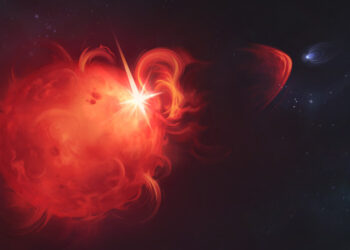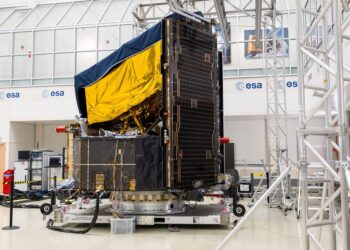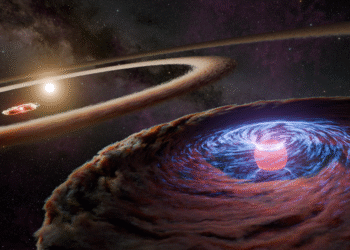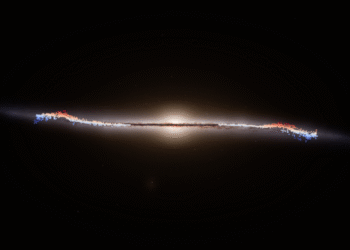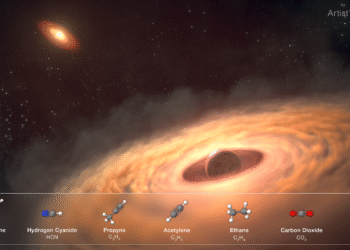The Hubble Space Telescope has made a groundbreaking discovery by identifying the first white dwarf merger remnant detected in the ultraviolet spectrum. This remarkable finding is significant because it provides astronomers with new insights into the lifecycle of stars and the dynamics of stellar mergers.
White dwarfs are the remnants of stars that have exhausted their nuclear fuel. When two white dwarfs merge, the event can result in various outcomes, from creating a more massive white dwarf to potentially igniting into a type Ia supernova. However, the detection of a remnant of such a merger in the ultraviolet (UV) range is unprecedented and offers a unique opportunity to study the physical processes at play.
Hubble’s observations revealed critical details about the remnant, which exhibits unusual characteristics not commonly found in typical white dwarfs. These include an increased brightness in the ultraviolet spectrum and notable deviations in surface temperature. Such findings suggest that the merged product may have a highly complex and turbulent structure that can be further analyzed to decode the merger’s evolutionary path.
This discovery underscores the importance of space telescopes in astrophysics research, particularly the role of Hubble in expanding our understanding of stellar phenomena. The data gathered by Hubble will aid scientists in constructing more accurate models of star mergers, which in turn can inform theories on the formation of various celestial bodies and the evolution of galaxies.
For more detailed information about this discovery and its implications, you can read the full article here.



